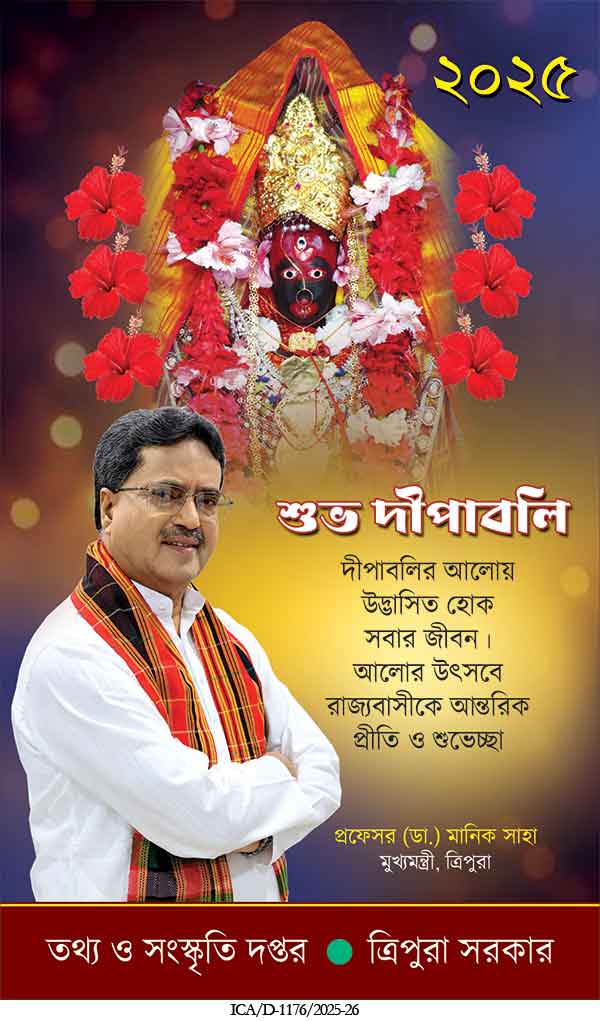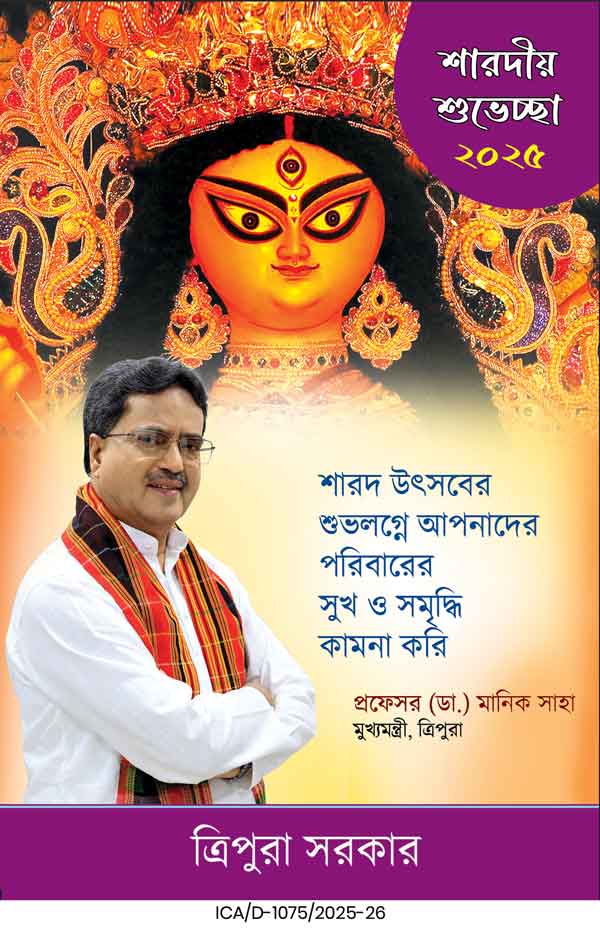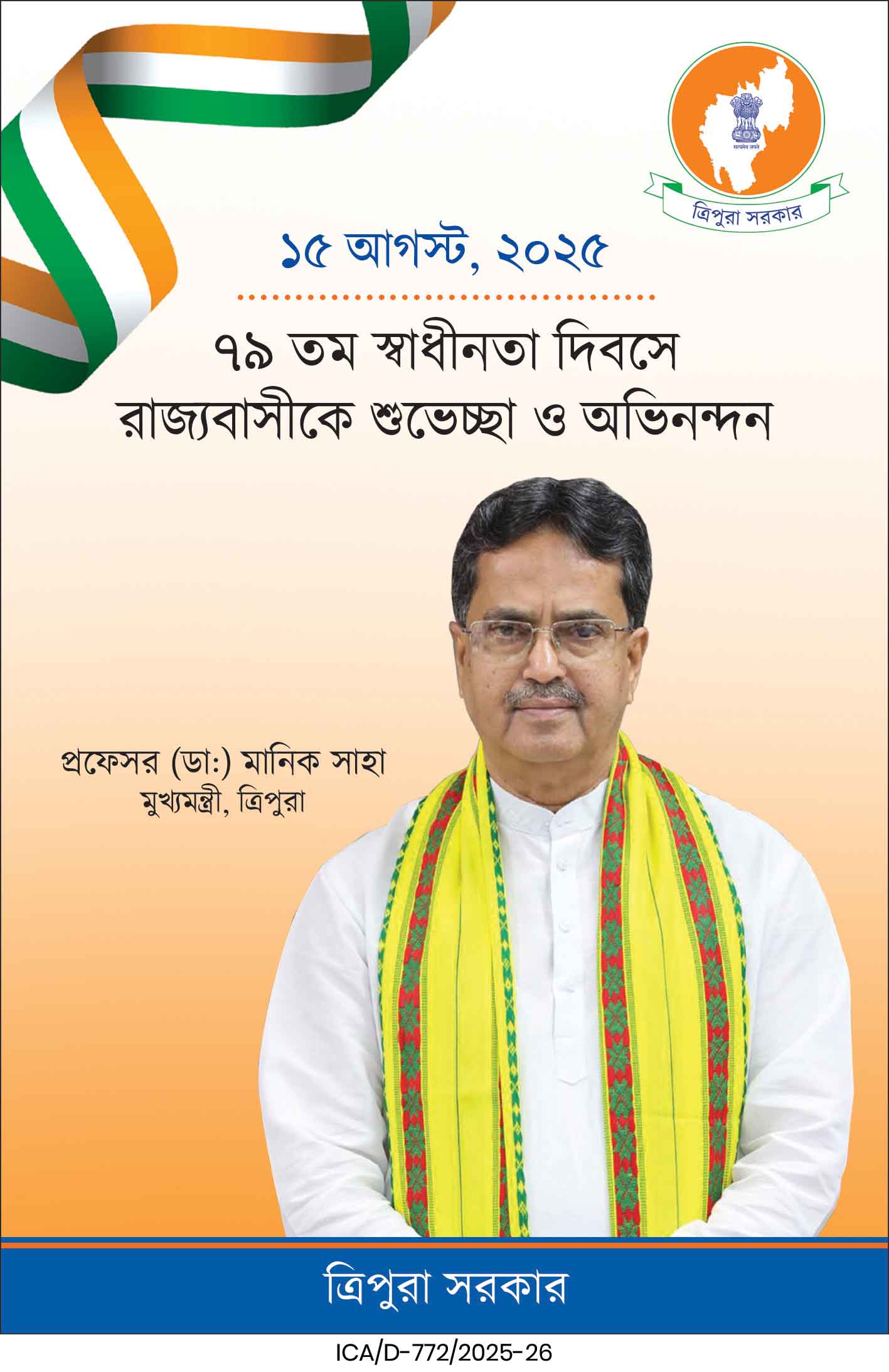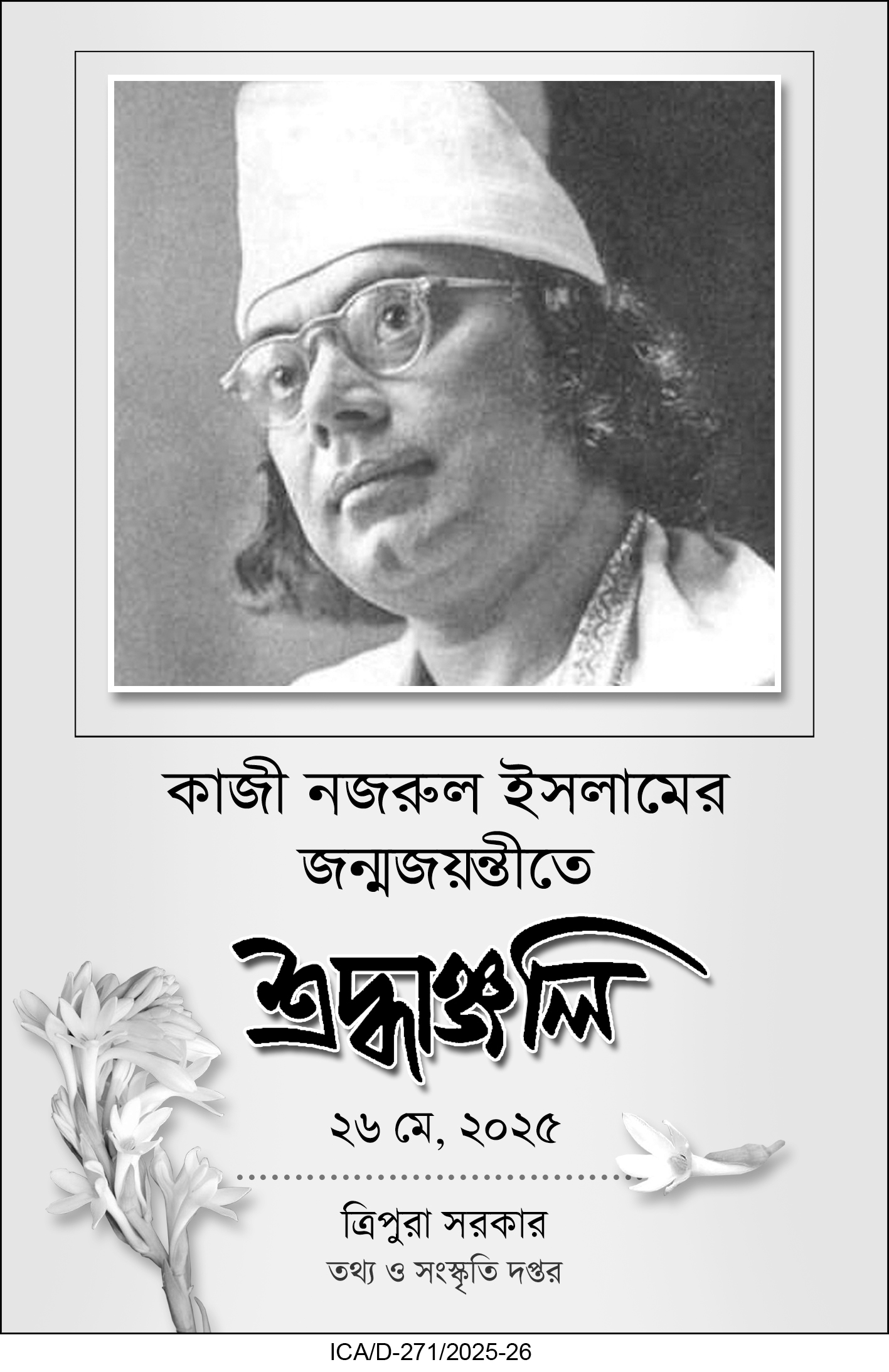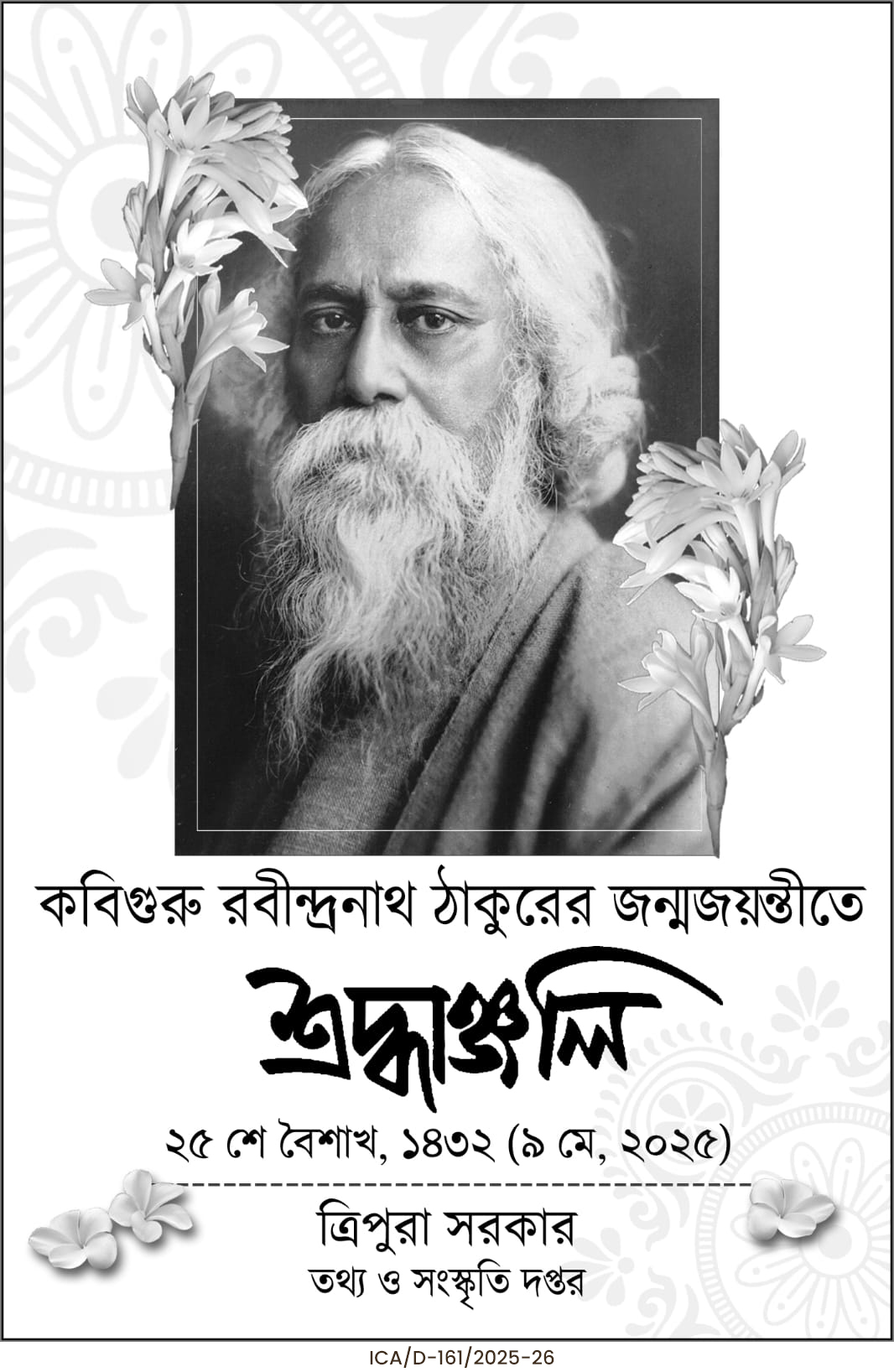The Putin-Trump Anchorage Summit marked a pivotal moment in US-Russia diplomacy, edging closer to a Ukraine peace deal. While no final agreement was reached, discussions on NATO-like security guarantees, Kyiv’s arms deals, and Russia’s territorial proposals signaled progress toward resolving the conflict and reshaping Europe’s strategic balance.
The much-anticipated August 15 Anchorage Summit between Russian President Vladimir Putin and US President Donald Trump ended without a final peace agreement but created a significant breakthrough in diplomacy. Both leaders acknowledged that the negotiations brought them “pretty close to the end” of discussions on Ukraine. Though unfinished, the talks underscored a renewed effort to cement bilateral relations between Washington and Moscow, with both sides agreeing to continue dialogue.
At the press conference following the summit, President Trump emphasized that “Ukraine has to agree” to any settlement, suggesting that no deal would be imposed unilaterally. President Putin, meanwhile, stressed that any sustainable resolution must address the “root causes” of the crisis and include Russia’s legitimate concerns. He insisted that a “fair balance of security in Europe and globally must be secured,” while cautioning against attempts to undermine progress through provocations or backroom intrigues.
First Meeting in Trump’s Second Term
The Anchorage Summit marked the first face-to-face meeting between the two leaders during Trump’s second presidential term. Their history of six prior meetings had already set the stage for an unusually direct personal rapport. Observers noted that the politeness, courtesy, and mutual respect displayed during the talks reinforced their strong personal chemistry—an element many believe to be decisive in high-stakes diplomacy.
Though no immediate ceasefire was announced, the discussions outlined possible conditions. Moscow’s proposal excluded a temporary ceasefire, demanding instead a comprehensive agreement. Russia suggested that Ukraine should withdraw fully from the eastern Donetsk and Luhansk oblasts. In return, Russia would freeze frontlines in Zaporizhzhia and Kherson, potentially returning small tracts of land in Sumy and Kharkiv. Additional demands included granting official status to the Russian language in certain oblasts and recognizing the independence of the Russian Orthodox Church (Moscow Patriarchate)—something Ukrainian law currently prohibits.
Europe’s Dilemma
The Anchorage talks highlighted a sharp contrast with Europe’s approach. While European leaders, including UK Prime Minister Keir Starmer, sought an immediate ceasefire, the US-Russia dialogue leaned toward structural solutions. Starmer even declared Ukraine’s NATO membership path “irreversible,” clashing with Trump’s position that Ukraine would not be allowed to join NATO under the peace framework.
Instead, Trump and Putin floated the idea of NATO-like security guarantees for Ukraine. This compromise would provide Kyiv with Article-5 style protections from allies without full NATO membership—an arrangement previously hinted at in the draft 2022 peace treaty. Trump argued that such guarantees, coordinated between the US and Europe, could satisfy Ukraine’s security concerns while addressing Russia’s objections.
The British and European leaders, however, voiced unease that President Volodymyr Zelensky was being pressured into concessions. Yet Trump’s willingness to involve the US in designing Ukraine’s security guarantees eased some of these tensions.
Kyiv’s Bargaining Chips
Ukraine, for its part, came prepared with ambitious proposals to secure stronger ties with the West. Zelensky reportedly offered to purchase $100 billion in US weapons, including 10 Patriot Air Defence Systems, missiles, and other critical equipment. In addition, Kyiv proposed a $50 billion joint venture with Washington to produce drones.
Ukraine also demanded compensation for wartime damages, insisting that Russia’s $300 billion in frozen sovereign assets in Western banks be redirected for reconstruction. Russia, meanwhile, signaled openness to using some of these funds for rebuilding, especially in territories under its control.
Towards a Trilateral Framework
Immediately after the Anchorage meeting, Trump briefed Putin by phone on his discussions with European leaders and Zelensky in Washington. Plans were announced for a trilateral meeting involving Russia, the US, and Ukraine within two weeks. This session is expected to disentangle the remaining knots and potentially finalise the peace framework.
Trump later took to social media, confirming that security guarantees for Ukraine would be coordinated among European countries, with the US in a central role. Putin also expressed cautious optimism that further negotiations could lead to a comprehensive agreement.
Strategic Shifts
The Anchorage Summit represents more than a step toward ending the Russia-Ukraine war—it also reshapes trans-Atlantic relations. A Putin-Trump understanding could alter the balance of influence in Europe, where unity has already been strained. With eight European leaders meeting Trump at the Oval Office immediately after the summit, divisions between Washington’s approach and Europe’s strategy were evident.
If successful, the proposed NATO-like security guarantee for Ukraine could be a game-changer: preventing NATO expansion eastward while simultaneously safeguarding Kyiv. For Moscow, such a deal would mean recognition of its security concerns. For Washington, it would showcase Trump’s deal-making prowess. For Europe, however, the risk of being sidelined looms large.
| Also Read: Lanka succeeds in bringing down food insecurity rate from 24% to 16% |
As negotiations move toward a decisive stage, the world awaits whether the Putin-Trump partnership can transform diplomatic intent into lasting peace. With the next trilateral talks expected soon, the Anchorage Summit may be remembered as the turning point in the war—or as a missed opportunity if final compromises prove elusive.
(The writer is an expert on South Asia and Eurasia. He was formerly with the Manohar Parrikar Institute for Defence Studies and Analyses. Views expressed are personal.)

